Bacteria are often thought of as tiny, invisible organisms, but some break this mold entirely by growing large enough to be seen with the naked eye. This article explores the largest ones ever discovered, showcasing a range of fascinating examples with sizes that challenge traditional concepts of bacterial limits. These organisms display impressive adaptations that allow them to grow far larger than typical bacteria. Each bacterium on this list is remarkable not only for its size but also for the way it thrives in extreme or specialized habitats.
Bdellovibrio bacteriovorus
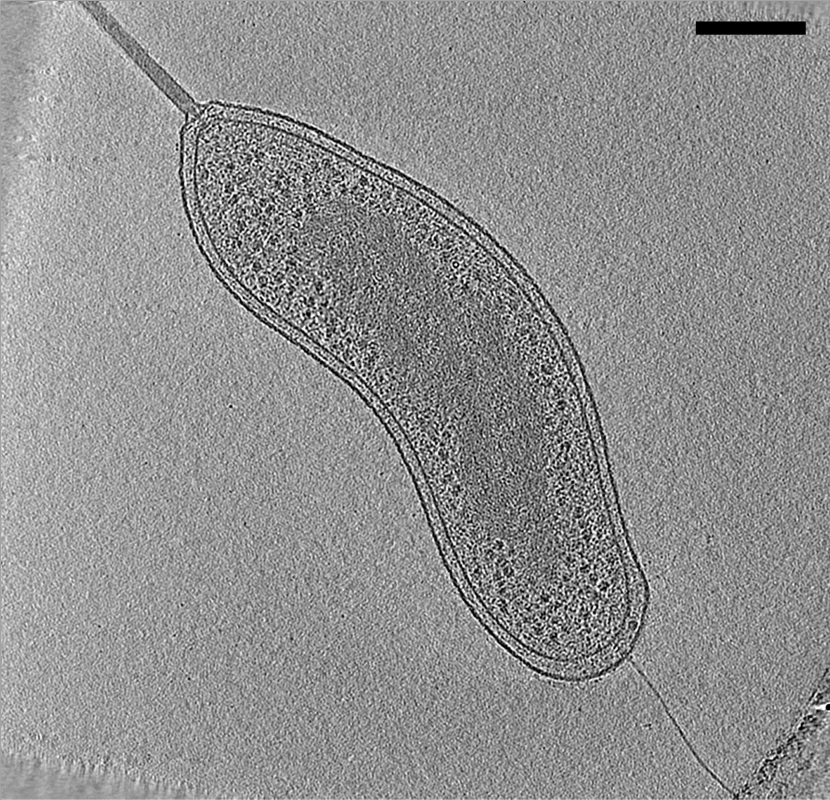
Bdellovibrio bacteriovorus, while smaller than other bacteria on this list, reaches about 1.5 micrometers in length and is known for its unusual predatory nature. Discovered in the 1960s, this bacterium invades and consumes other bacteria, allowing it to grow while playing a key role in microbial population control. Its ability to reduce bacterial populations in its habitat has made it of interest for potential environmental and medical applications. Its rapid movement and attachment to prey are well-suited to its predatory lifestyle, an adaptation uncommon in bacteria. This behavior provides an ecological advantage, enabling it to survive in competitive environments by hunting other bacteria. Its unique ecological role provides valuable insights into predator-prey relationships at the microscopic level. Its predatory nature makes it a fascinating bacterium for studies on bacterial evolution.
Macromonas bipunctata
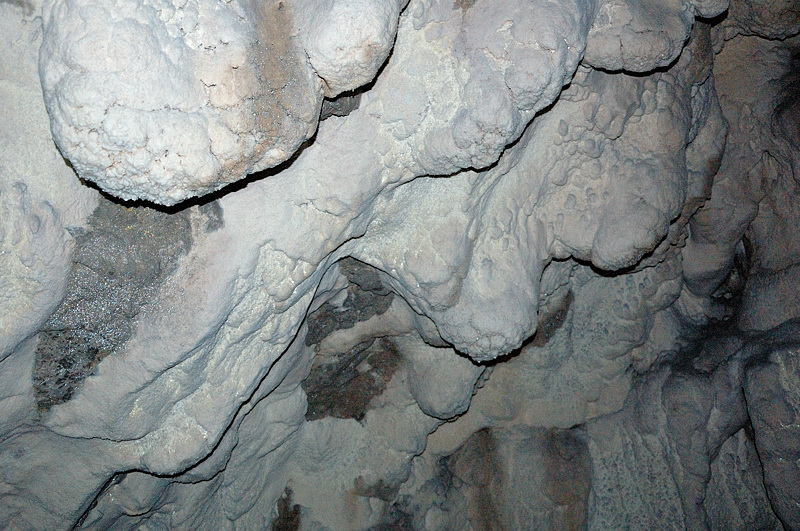
Macromonas bipunctata is a freshwater bacterium that can reach lengths of up to 30 micrometers, making it unusually large for freshwater bacteria. Discovered in freshwater sediments, it is often seen in colonies that give it a bead-like appearance due to the arrangement of its cells. Its relatively large size and colony-forming behavior allow it to efficiently gather nutrients and survive in nutrient-poor environments. The bacterium is known for its role in the decomposition of organic matter within freshwater ecosystems, contributing to nutrient recycling. Its bead-like colony structure increases its surface area, enhancing nutrient absorption and gas exchange. Its adaptations provide it with survival advantages in dynamic environments with fluctuating nutrient levels. Its role in ecosystems underscores the importance of large bacteria in nutrient cycling.
Achromatium oxaliferum
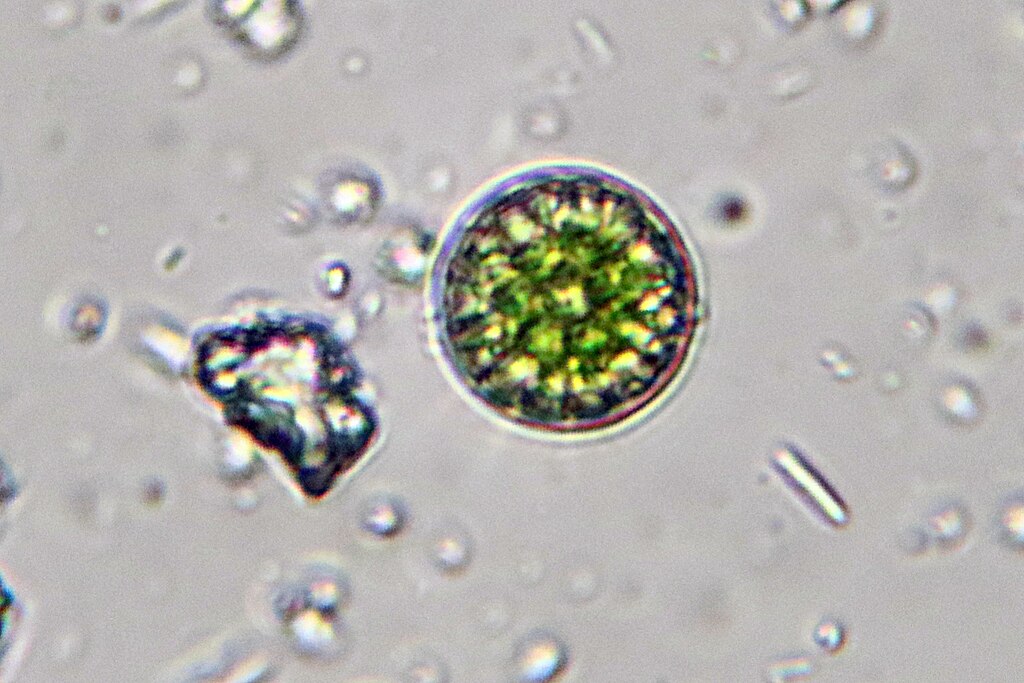
Achromatium oxaliferum, a freshwater bacterium, is visible to the naked eye, often appearing as tiny white grains due to calcium carbonate inclusions within its cell. Discovered in 1893, it can grow up to 100 micrometers in length, a considerable size for a bacterium. The calcium carbonate inclusions help it maintain stability in sediment-rich environments by sinking into the sediment. It relies on sulfur metabolism, oxidizing hydrogen sulfide to obtain energy, playing a critical role in the sulfur cycle. Its calcium storage provides an advantage in dynamic freshwater habitats, where increased weight aids in settling into nutrient-dense layers. The bacterium’s size and metabolic adaptations enable it to thrive in low-oxygen environments. Its structural and metabolic uniqueness continues to intrigue researchers studying bacterial survival strategies.
Thioploca spp.
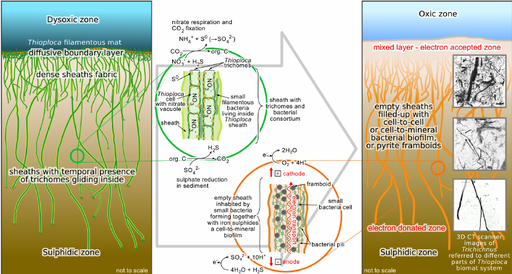
Thioploca spp., a group of sulfur-oxidizing bacteria, are known for their large, filamentous structure, reaching up to 100 micrometers in diameter. Found in ocean sediments along the coasts of Chile and Peru, it lives in sheath-like structures, forming dense colonies and mats. These sheath structures enable it to access nitrate from seawater and sulfide from sediments, crucial for its sulfur-based metabolism. Its mat-forming ability creates stable habitats, supporting microbial diversity and nutrient cycling within sediment ecosystems. Its large size and sheath structure offer advantages in nutrient acquisition, essential in fluctuating marine environments. By recycling sulfur compounds, it plays a critical role in sediment nutrient dynamics. Its complex adaptations illustrate survival mechanisms within challenging marine habitats.
Beggiatoa spp.
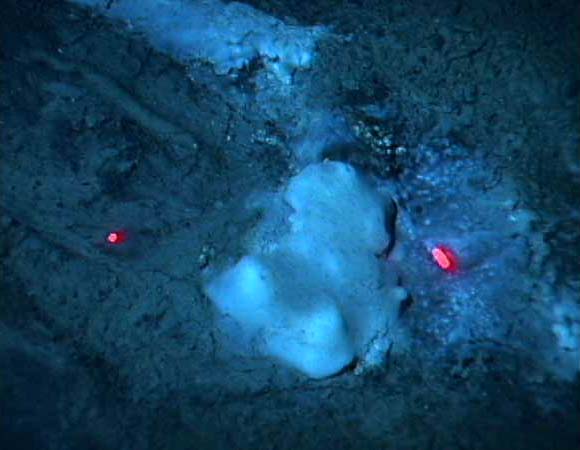
Beggiatoa spp. are filamentous sulfur bacteria, capable of growing up to 200 micrometers wide and forming large colonies in sulfur-rich environments. First identified by Sergei Winogradsky in the late 19th century, it thrives in habitats such as hydrothermal vents and hot springs. These bacteria obtain energy by oxidizing hydrogen sulfide, making them well-suited to sulfur-rich and low-oxygen environments. The filamentous structure allows it to move toward optimal sulfur concentrations, a trait that supports its survival in dynamic environments. Its size and colony-forming nature enhance its ability to absorb nutrients, contributing to its ecological role in the sulfur cycle. The adaptability of Beggiatoa to extreme conditions makes it a model organism for studying environmental resilience. Its unique metabolism and colony structure offer valuable insights into bacterial diversity.
Thiomargarita namibiensis
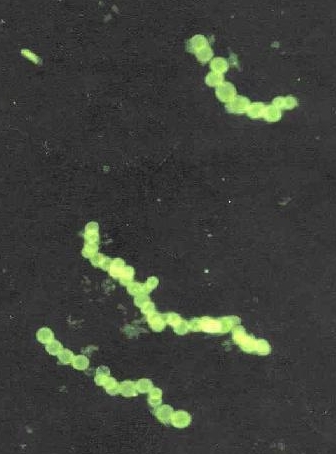
Thiomargarita namibiensis, discovered in 1999 off the coast of Namibia, is known as the “sulfur pearl of Namibia” and can grow up to 750 micrometers. Its pearl-like appearance is due to a large vacuole that occupies most of its cell volume, storing nitrate to survive low-oxygen environments. This structure facilitates nutrient and waste transport within the cell, allowing it to grow beyond typical bacterial limits. It oxidizes sulfur, detoxifying its environment and playing a crucial role in the sulfur cycle of ocean sediments. Found in hydrogen sulfide-rich areas, it thrives in conditions that would otherwise be inhospitable. Its ability to survive in extreme environments highlights its impressive adaptations. It is a prime example of how bacterial size and structure can be modified to suit specific ecological niches.
Desulfobulbaceae “Cable Bacteria”
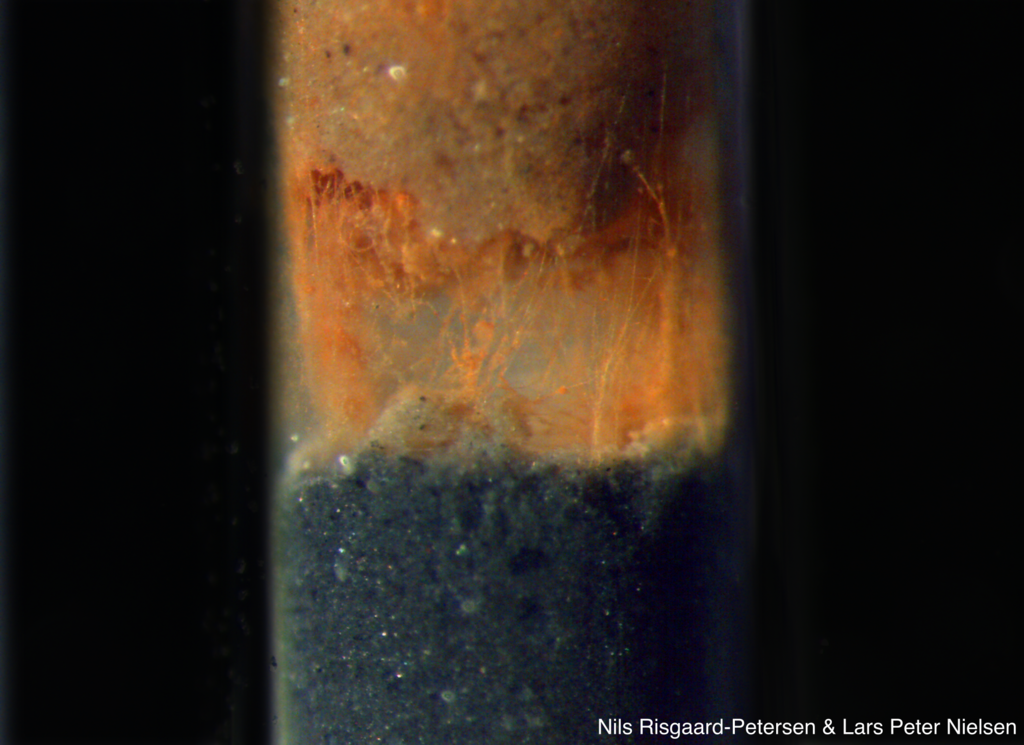
Cable bacteria from the family Desulfobulbaceae form multicellular filaments that can reach several centimeters in length, visible to the naked eye. These were discovered in sediments where sulfur and oxygen gradients meet, allowing them to perform a unique metabolic process that transports electrons over long distances. The filaments are divided into multiple cells that work together, forming a kind of “biological wire” that allows them to couple oxygen reduction and sulfide oxidation. This electron transport enables them to survive in oxygen-depleted sediments while accessing oxygen from surface layers. They play a significant role in sediment nutrient cycling, especially in sulfur-rich environments. Their cooperative cellular arrangement is unique among bacteria, allowing them to thrive where other organisms cannot. They demonstrate a remarkable adaptation, bridging the gap between microbial life and complex multicellular structures.
Thiomargarita magnifica
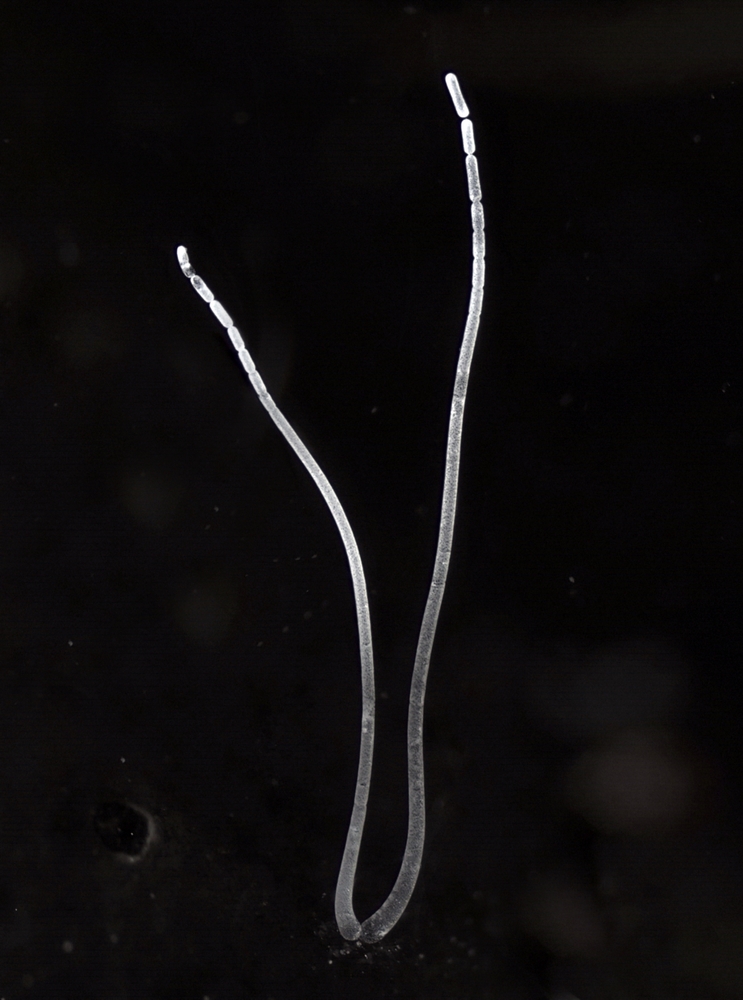
Thiomargarita magnifica, discovered in Caribbean mangroves, is the largest known bacterium, reaching up to 2 centimeters in length. First observed by marine biologist Olivier Gros in 2009, it was later confirmed as a single-cell organism with unique internal structures called pepins, which contain DNA. This massive bacterium is about 5,000 times larger than typical bacteria, challenging the conventional limits of bacterial size. Its size is supported by a structural adaptation that helps move essential molecules within the cell efficiently, similar to eukaryotic cells. Its large genome contains around 11 million bases, contributing to its complexity and unique metabolic adaptations. The bacterium thrives in sulfide-rich environments, where it oxidizes sulfur for energy, benefiting its surrounding ecosystem.
This article originally appeared on Rarest.org.
More from Rarest.org
15 Extraordinary Aquatic Creatures Found in Coral Reefs
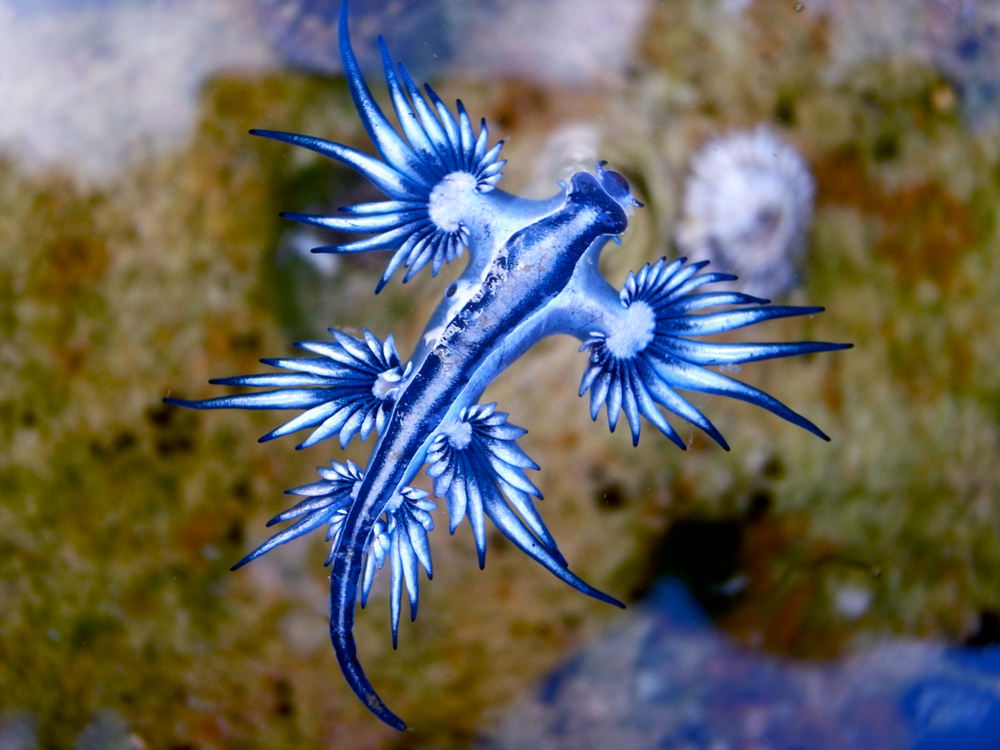
Coral reefs are home to some of the most extraordinary and unusual creatures in the ocean. These vibrant ecosystems are filled with species that have evolved unique adaptations to survive in their complex environments. Read More.
14 Unique Trees with Vibrant Foliage Throughout the Year
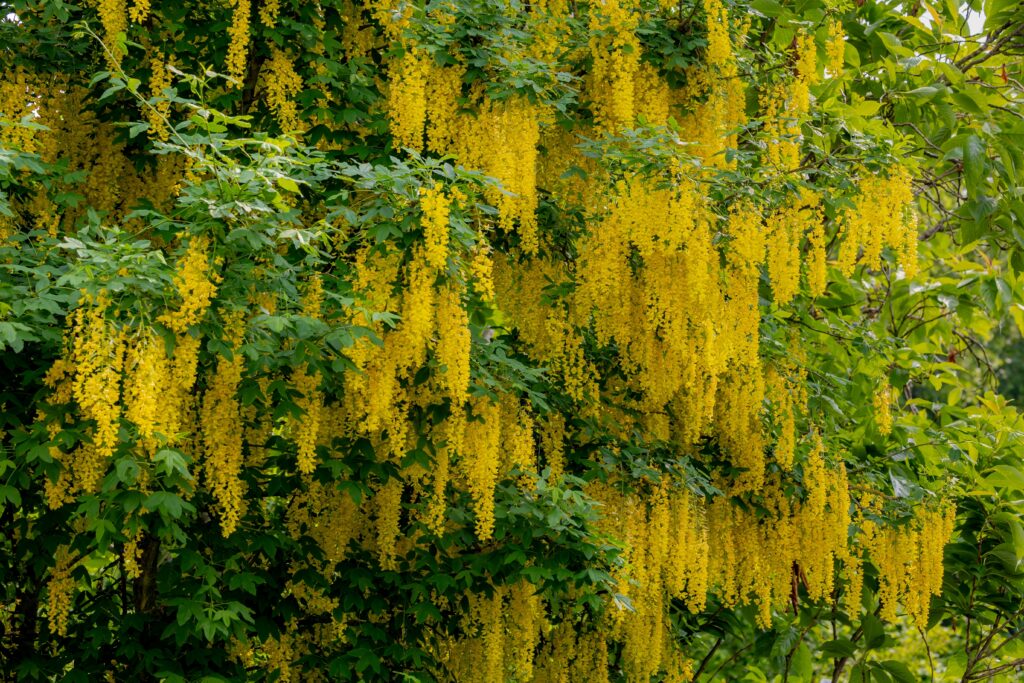
Trees with vibrant foliage can completely transform a landscape, bringing color and life to every season. Some species stand out for their stunning hues, with colors that shift as the year progresses. Read More.
15 Majestic Birds of Prey That Inhabit Rugged Mountains

Rugged mountain landscapes are home to some of the most awe-inspiring and powerful birds of prey on the planet. These majestic raptors have evolved to thrive in harsh, high-altitude environments, where their strength, agility, and keen hunting skills are put to the test. Read More.
